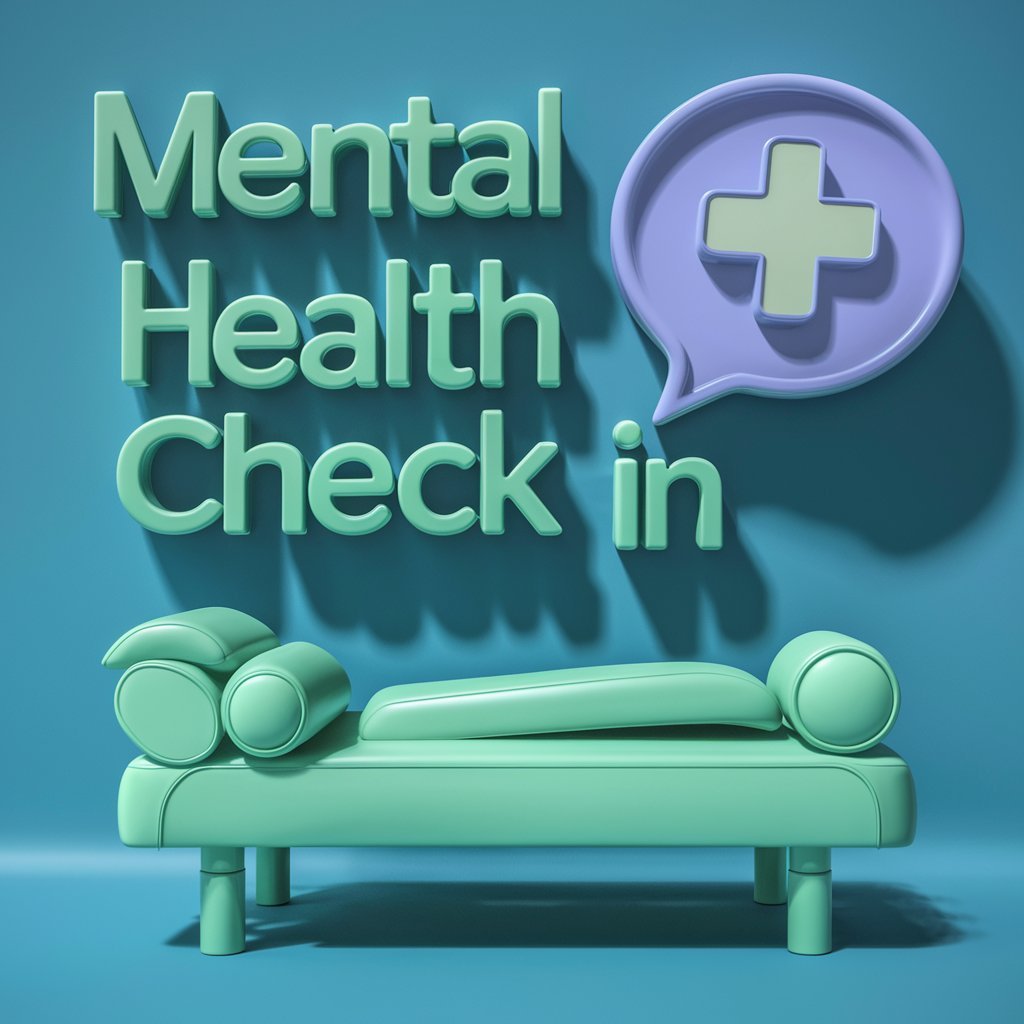Post-Traumatic Stress Disorder, or PTSD, is a mental health condition that can develop after experiencing a traumatic event. While many people associate PTSD with soldiers returning from war, the truth is that anyone can develop this condition after experiencing a traumatic event.
One of the most challenging aspects of PTSD is that the symptoms are often invisible to others. While physical injuries are easy to recognize and treat, the emotional and psychological wounds caused by trauma can be much harder to identify. This can lead to individuals suffering in silence, without the necessary support and treatment they need to heal.
Recognizing the Symptoms of PTSD
Recognizing the symptoms of PTSD is the first step towards addressing this condition effectively. Some common symptoms of PTSD include:
- Flashbacks and nightmares of the traumatic event
- Avoidance of places, people, or activities that remind the individual of the trauma
- Feeling numb or detached from others
- Difficulty sleeping or concentrating
- Hyperarousal, including being easily startled or feeling on edge
If you or someone you know is experiencing these symptoms after a traumatic event, it is important to seek help from a mental health professional. PTSD is a treatable condition, and with the right support, individuals can learn to manage their symptoms and lead fulfilling lives.
Addressing the Symptoms of PTSD
Addressing the symptoms of PTSD requires a comprehensive approach that may include therapy, medication, and lifestyle changes. Therapy, such as cognitive-behavioral therapy (CBT) or eye movement desensitization and reprocessing (EMDR), can help individuals process their trauma and develop coping strategies. Medication, such as antidepressants or anti-anxiety medications, may be prescribed to help manage symptoms. Lifestyle changes, such as exercise, mindfulness, and stress-reduction techniques, can also play a role in managing PTSD symptoms.
It is important for individuals with PTSD to have a strong support system in place, including friends, family, and mental health professionals. By creating a safe and nurturing environment, individuals can learn to trust others and themselves, which is crucial for healing from PTSD.
Conclusion
PTSD is a serious mental health condition that can have a profound impact on individuals who have experienced trauma. By recognizing the symptoms of PTSD and seeking help, individuals can learn to manage their symptoms and lead fulfilling lives. With the right support and treatment, individuals with PTSD can heal from their invisible wounds and move forward towards a brighter future.
FAQs
1. How common is PTSD?
PTSD is more common than many people realize, affecting approximately 8 million adults in the United States each year. It can develop after experiencing a wide range of traumatic events, including physical or sexual assault, natural disasters, accidents, or combat.
2. Can children develop PTSD?
Yes, children can also develop PTSD after experiencing a traumatic event. It is important for parents and caregivers to be aware of the signs and symptoms of PTSD in children, as early intervention can lead to better outcomes. Therapy, support from loved ones, and a safe environment are crucial for helping children heal from trauma.





